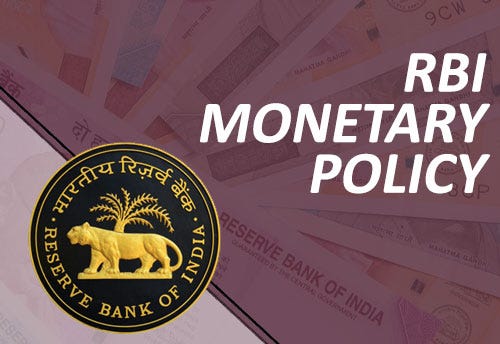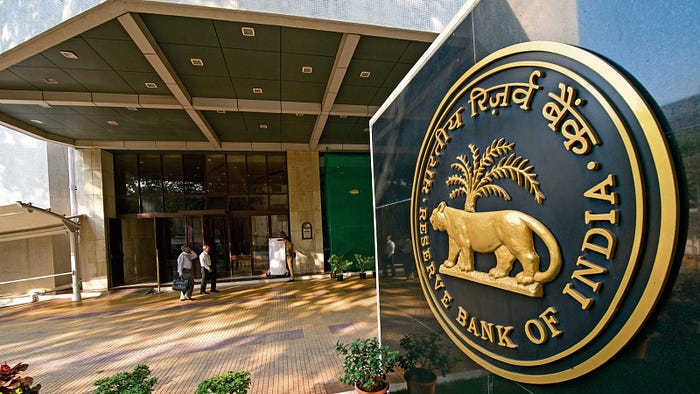RBI — Its Monetary Policy
The Reserve Bank of India (RBI) is the father and mother of banking and money flow in India. It is responsible for maintaining inflation in India using some well-known weapons like Repo Rate, Reverse Repo Rate, Standing Deposit Facility, Cash Reserve Ratio, and many others. In this blog, let’s dive deep into this topic and try to understand some of the tools using which RBI control the banking system, inflation, and liquidity flow.
Moving ahead, you need to understand that the basic purpose of using such tools is to control inflation. Any move will either increase/decrease the flow of money in banks and markets.

Repo Rate
This is a tool RBI uses to provide loans to banks registered under 2nd schedule of RBI Act 1934. Loans are offered to banks for 90 days or less at a certain specified rate. Currently, as of 23rd Jan 2023 Repo Rate stands at 6.25% which means 6.25% of the desired amount by registered banks.
Reverse Repo Rate
In case, any of the registered banks have excess cash with them or RBI finds any bank having excess liquidity in the form of cash it asks the bank/s to deposit that excess money with RBI. In return, the RBI provides government security as a guarantee of that deposited amount. Reverse Repo Rate stands at 3.35% today (23rd Jan).
Standing Deposit Facility (SDF)
This tool was launched by RBI in 2018. It is also a kind of liquidity-absorbing tool from banks used by the RBI where interest rates are significantly higher than the Reverse Repo. But question might arise why here the rate in this tool is higher and when there is already a tool available then why RBI launched a new one?
I understand. The reason here is that if banks are willing to park their excess liquidity with RBI under this tool will get higher interest rates but won’t be offered any government securities and banks won’t get any security in return for their money. This is why the interest rate offered is way higher than the Reverse repo. SDF currently stands at 6.0%.
Marginal Standing Facility (MSF)
This is a tool used by the RBI to offer cash to banks in case of any urgency. Suppose any registered bank faces a shortage of cash but is ready to repay the amount within 24 hours. Then under this tool, the RBI offers them cash to maintain its liquidity.
Simply means a loan provided by RBI to banks for 24 hours comes under MSF. The interest rate as of now is 6.50%
Bank Rate
This rate is also called as “Penal Rate” in which loans are provided to banks for 91–364 days. The interest rate under this tool is higher compared to Repo and SDF rates. The interest rate under this tool as of now is at 6.50%
Cash Reserve Ratio (CRR) + Statutory Liquidity Ratio (SLR)
This is a kind of direct tool used by the RBI to control inflation. As of now, the CRR is at 4.50% and SLR stands at 18.00%
Both these tools are used by the RBI to control the liquidity in the market. In every MPC meeting the RBI checks if the level of liquidity is adequate, more, or less.
CRR is a tool used by the RBI using which the organization orders banks to maintain the % of their respective NDTL with the RBI in the form of cash. While in SLR, the RBI orders the banks to maintain the % of their respective NDTL with themselves in the form of cash, gold, and government securities.
In both tools, banks cannot use the deposited money and are maintained to deal with undesirable circumstances like collapse and bankruptcy.

Finally, in an attempt to make things easy for readers, I have presented such tools used by the RBI in a way easier form. I hope this will help many readers looking to understand finance.
If you like my this blog, do share your thoughts and queries in the comments below and if want more such blogs on finance do let me know. If you like my effort don’t forget to hit the clap button.
